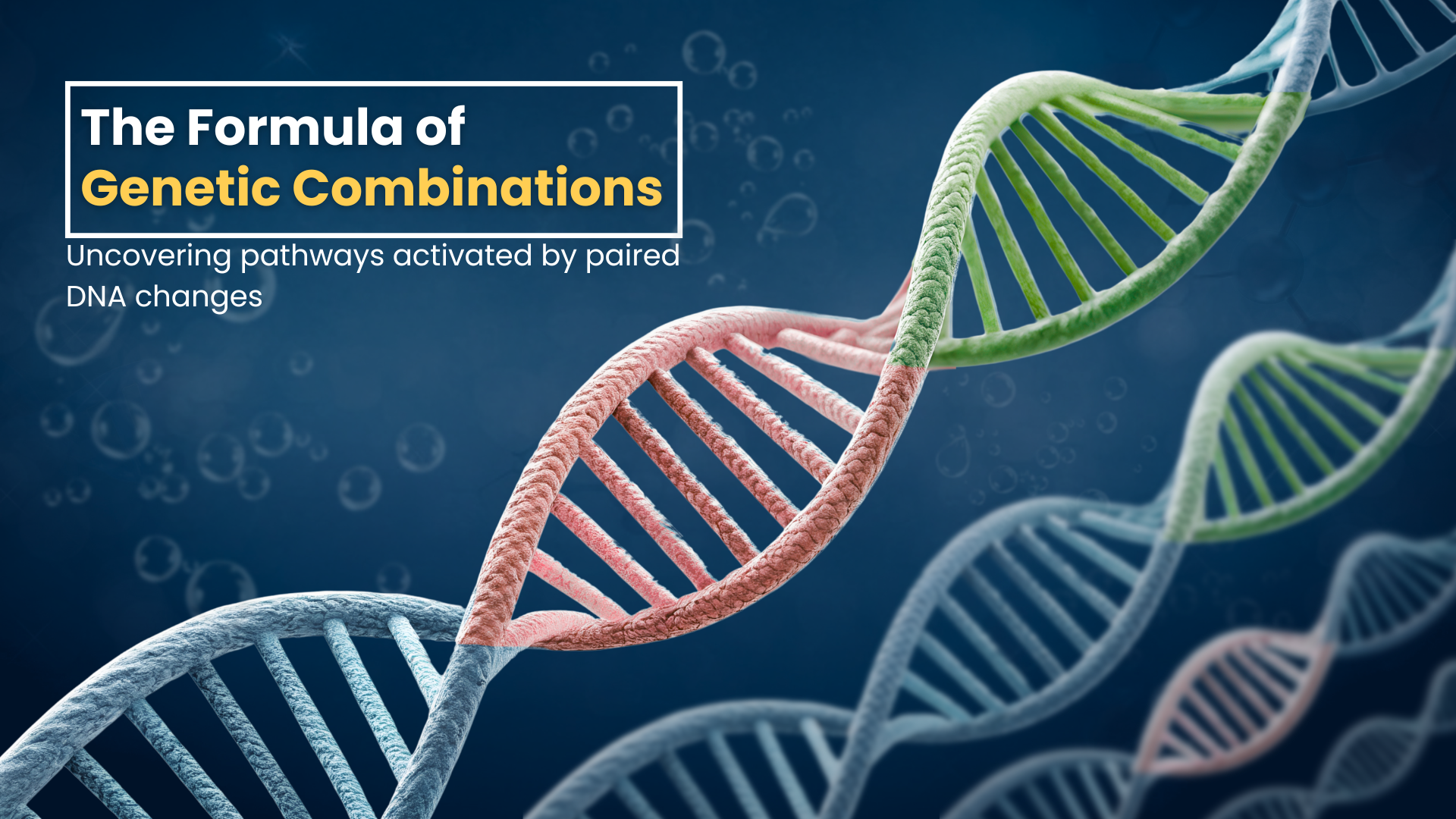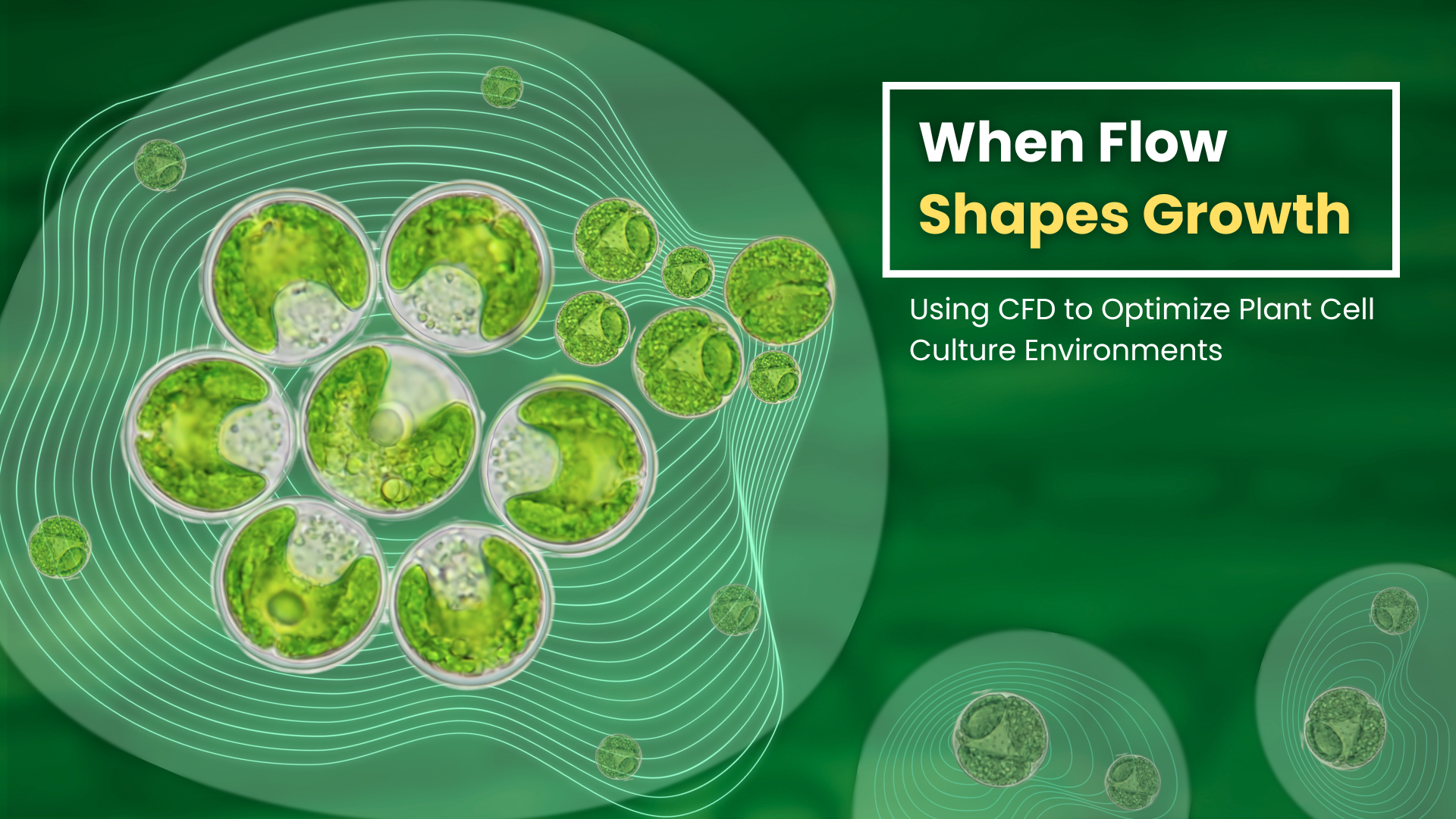
When I say Azadirachta indica, I don’t have your attention. But when I say neem, I have your attention. Azadirachta indica is the scientific name of neem.
Neem is one of the most commonly known plants associated with India. It is known to have a variety of purposes, including its use in traditional Indian medicines, and in many Indian foods.
But did you know that neem is also a good source of a biopesticide called Aza (azadirachtin)? Aza is a limonoid (plant chemical) compound found in neem. With the need for more natural compounds to be used as pesticides to replace chemical pesticides, Aza as a biopesticide is gaining more attention.
In order to get the most benefit from Aza, it needs to be quantified to determine its commercial value.
The global standard to quantify Aza is by a method called high performance liquid chromatography (HPLC). However, this method requires trained personnel and is expensive which makes routine analysis a challenge.
Thus colorimetric assays are looked into as an alternative. This method does not require sophisticated instruments and helps in both quantitative as well as qualitative analysis.
Acidified vanillin is a well-known colorimetric indicator used to detect several phytochemicals (plant-based compounds). The ease with which analytes can be estimated has made this a popular technique to quantify compounds.
However, this assay involves concentrated acid. This raises safety concerns, especially for on-field studies.

In this study, the authors Ms. Sinu Kurian, Dr. Savitha Rangasamy, and Prof. Subramaniam Pushpavanam from the Department of Chemical Engineering, Indian Institute of Technology Madras, Chennai, India (Ms. Sinu Kurian is also affiliated with the Department of Metallurgical and Materials Engineering, Indian Institute of Technology Madras, Chennai, India), and Prof. Ranjit Bauri from the Department of Metallurgical and Materials Engineering, Indian Institute of Technology Madras, Chennai, India, have shown how the assay can be translated from liquid phase to a paper substrate. This reduces the volume of acid used.
Glass microfiber (GMF) filter paper was found to be a suitable paper as it is acid resistant and hydrophilic (has affinity for water).
A microfluidic paper-based sensor was developed using 5 millimeter sized GMF dots sandwiched between two parafilm sheets.
Thus in this study a single-phase acidified vanillin assay was utilized for the estimation of azadirachtin-related limonoids in neem kernels using a paper-based sensor.
It was found that the colorimetric assay showed a relative recovery of more than 85 percent when compared with the value obtained from HPLC.
It was also shown that smartphone-assisted portable devices could be used for on-site Aza detection.
In this work, a portable sensor for on-site detection of phytochemicals was developed that can be an integral part of the agricultural supply chain.
Article by Akshay Anantharaman
Click here for the original link to the paper










